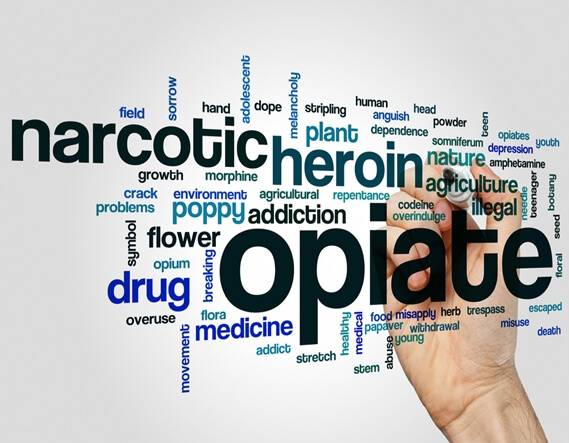
Expressive Therapy at Aloha Detox: Healing Through Creative Expression
Expressive Therapy is a highly effective, evidence-based treatment that allows a person to explore and cope with their emotions through artistic expression, such as art, music, writing, or movement.
At Aloha Detox, we apply this therapy to assist with recovery from addiction, trauma, depression, as well as other issues related to mental illness. Unlike other types of talking therapy, Expressive Therapy provides a person with a safe space to work through challenging feelings without the need for words. The philosophy we embrace is simple yet revolutionary. When words fail, creativity speaks.
Expressive Therapy is a type of psychotherapy that involves the use of creative mediums to enable a person to express their experiences and feelings in a nonverbal manner. It can involve painting, drawing, music, dancing, journaling, as well as other aesthetic experiences.
It's tailored specifically for those who find it difficult to express themselves via verbal communication. Whether you're fighting addiction or coping with emotional trauma, this therapy releases internal conflict in a non-combative manner, allowing you to acquire awareness about your own emotional reality.
Creative expression activates both the cognitive as well as the emotional centers of the brain. This provides new avenues for understanding yourself and healing. Rather than discussing what you are saying, Expressive Therapy concerns itself with what you are feeling as you are creating.
We don't judge your finished product at Aloha Detox. We want to assist you in understanding the emotion behind your artwork as a step towards empowerment and recovery.
We individualize Expressive Therapy to your own path. From addressing low self-esteem to substance abuse, we meet you where you are with understanding and compassion.
Our experienced therapists employ a number of creative modalities, sound, imagery, movement, and words, through a safe, non-judging environment. You are never on your own in your journey. We are with you each step of the way.
Expressive Therapy is effective for a broad variety of emotional as well as psychological issues, such as:
- Trauma and addiction
- Depression
- Stress and burnout
- Self-esteem difficulties and eating disorders
- Dementia, Alzheimer's, and chronic illness
It assists you in exposing your own feelings, alleviating stress, and reaffirming your inner strength.
Aloha Detox's Expressive Therapy is not just something to engage in. It's a gateway to true emotional insight. Whether you are a veteran of therapy or a newcomer, this artistic method reveals windows to growth you never thought possible.
Let's step forward as a group.
Direct Call: Speak to our compassionate admissions specialists at Call us now – 888-892-5642
Online Inquiry: Complete our online form or reach out via email at enquire us at info@alohadetox.com
